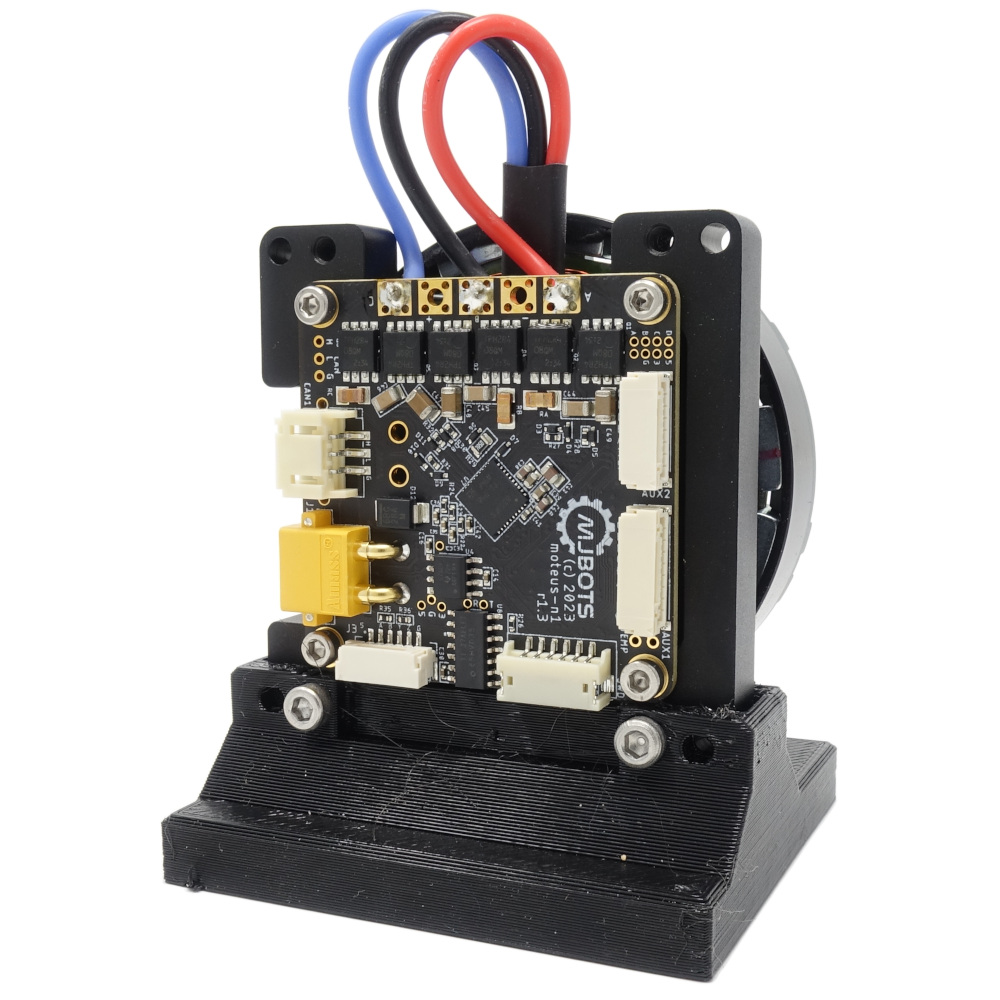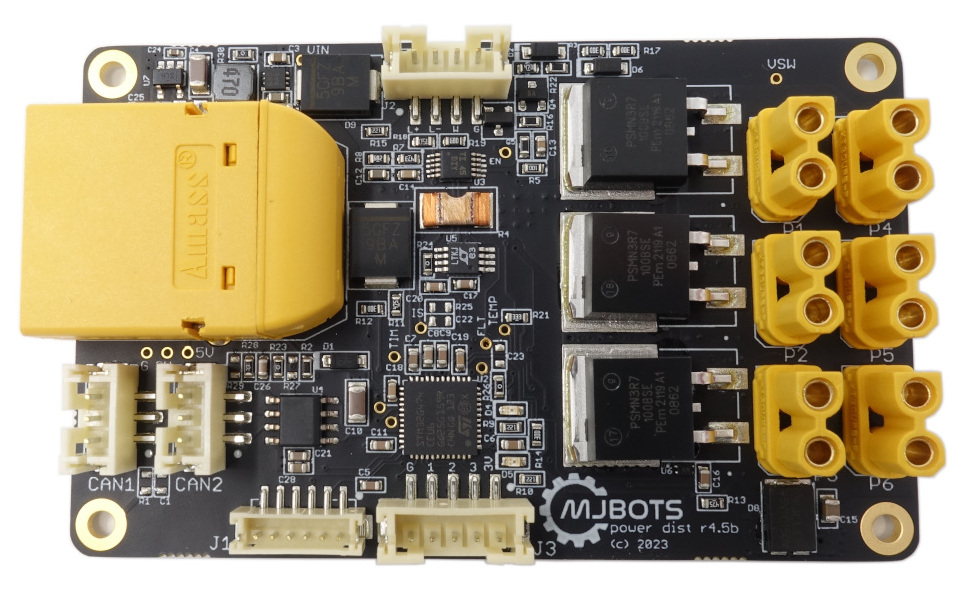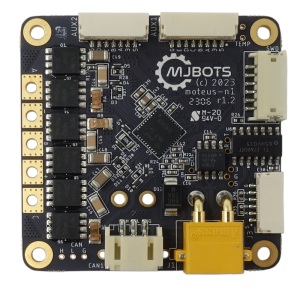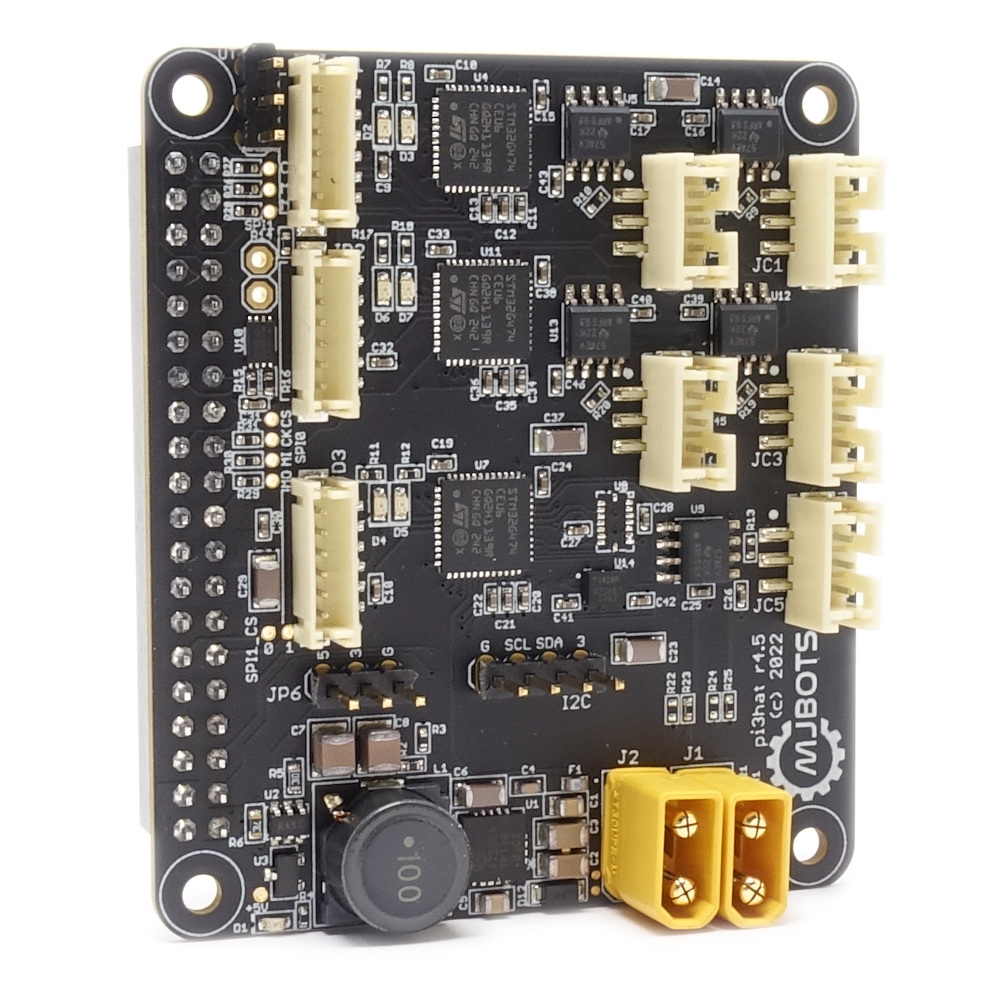moteus getting started video 2023 edition!
The perils of technical videos is that they can become out of date pretty quickly. For the moteus getting started guide, it has amazingly held up pretty well, but enough has changed since 2021 that it is time for a new one. Now we can use acceleration and velocity limited commands instead of the deprecated stop position and get nicer 4k b-roll for all the intermissions. Everything in the old video, and in this new one, is applicable to both the moteus-r4.11 and the moteus-n1.




